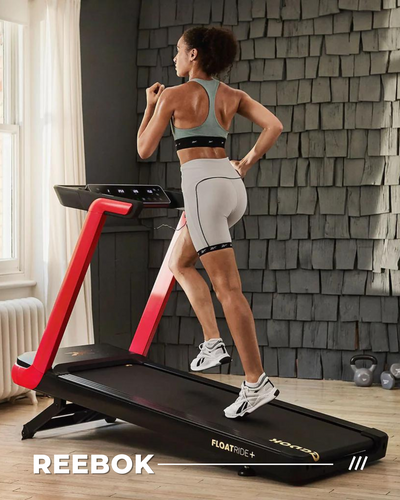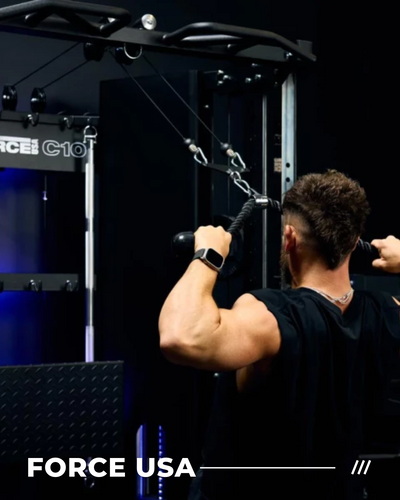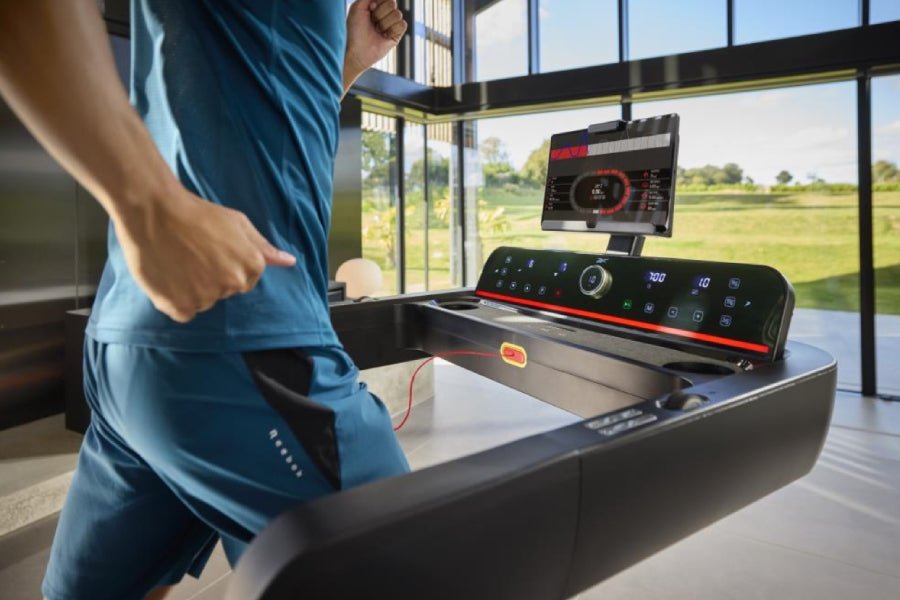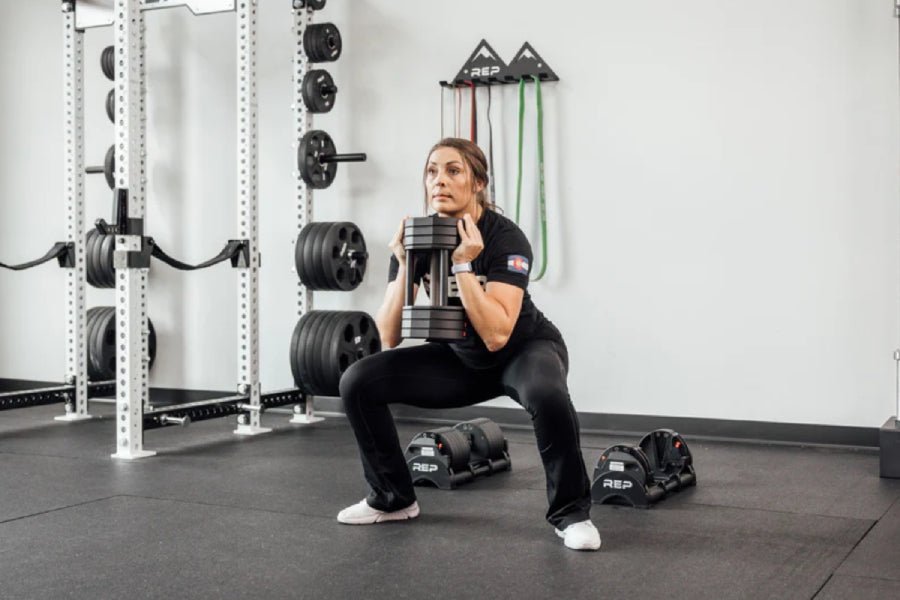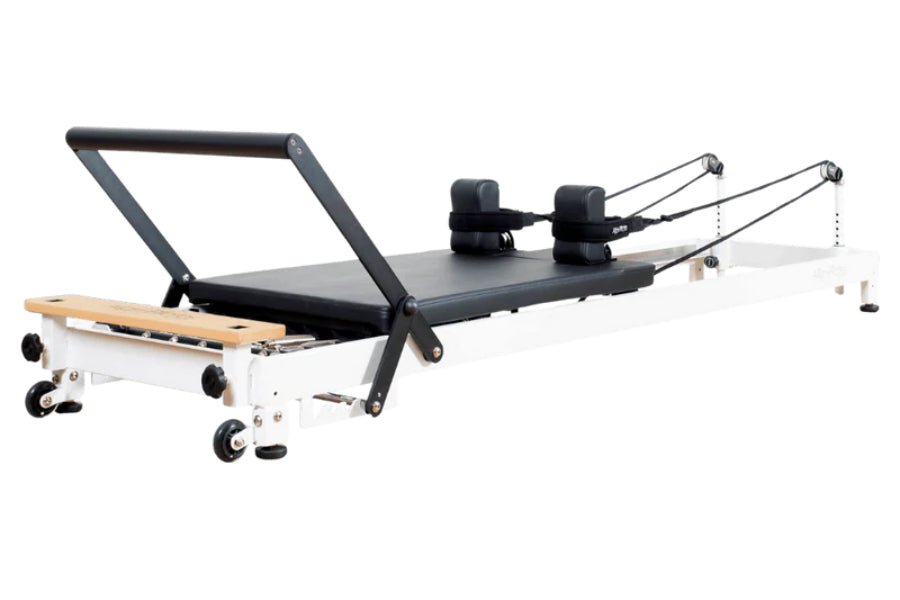How to Compare Power Racks
GYMSPORTZ PTE LTD | 17 Aug 2024


Here are the 5 key areas to consider when comparing power racks.
Picking a power rack isn’t a small decision, financially or functionally. With so many options on the market today, it can be tricky to decipher between the different companies and their offerings.
There are five key areas to consider when comparing power racks: Construction, design, consistency, attachments (the “ecosystem”), and value. Here is how REP’s power racks compare to others on the market.
Construction
Construction refers to things like the thickness of steel, welds, and paint. We use state-of-the-art robotics in our brand-new facility to construct our power racks, including laser cutting, robotic welding, and robotic painting all under one roof. This helps ensure a consistent, high-quality product and sets the standard for precision manufacturing.
Design
A 47” width helps ensure easy unracking and reracking of the barbell. Some competitors’ power racks are wider, and you’ll frequently see complaints of clearance problems when re-racking the barbell, creating a safety concern with a heavy squat.
Plastic liners on all attachments are standard. This is a high-end feature that helps protect the paint on your rack and keeps it looking new. Most competitors don’t offer this, or if they do, it’s inconsistently used.
We don’t use stickers. Every logo on the rack is laser cut or stainless steel to look great for years.
In addition, we pay attention to accessory details and upgrades, including chromed weight horns (competitors use a powder coat that immediately chips and flakes away as you slide plates on/off), angled grips on our multi-grip pull-up bar, and many other fine details.
Consistency
We strive to deliver a great product to your door with no hassle. We ensure this by employing our own quality control team that is on-site daily for both inspections and training to improve production methods, such as welding (even the robots need help sometimes!) and packaging. We also ensure our packaging is designed to survive the brutal beating it takes with UPS, so you’ll notice our boxes are reinforced and the parts within are further protected with internal packaging.
Our competitors that import often don’t spend the money for quality control, and our competitors who manufacture domestically often don’t spend the money for great packaging -- both of which lead to hassle for you as you try to get credit for damaged parts or new parts sent.
Ecosystem
A rack’s attachment ecosystem is one of the biggest reasons to choose one over another. Other companies that import typically do not have a dedicated engineering team to develop new products; they simply copy what already exists. If it’s patented, they can’t copy. For domestic manufacturers, they rely on high accessory prices to make up for a lower margin on the initial rack purchase, which means any new attachments cost an arm and a leg, while our global manufacturing advantage keeps costs lower.
Value
Value is subjective, but we’re at the sweet intersection of price and quality. Spend more, and it’s likely just for a name or very minor, nonfunctional details. Spend less and you’re likely rolling the dice or giving up future attachment development. Our attachments are also developed with value in mind, and that’s an area many people ignore, to their later regret. It’s not just the base cost of the rack to consider; it’s the full attachment ecosystem and what you expect future attachments to cost.
In the past, racks were hand-cut, hand-welded, and hand-painted. Today, it’s mostly robotics no matter where it’s made, except for smaller shops that can’t afford the robots or custom one-off production. The benefit of our scale is that we can employ the most modern manufacturing methods, including laser cutting, robotic welding, and robotic painting, resulting in a consistent, high-quality product.

